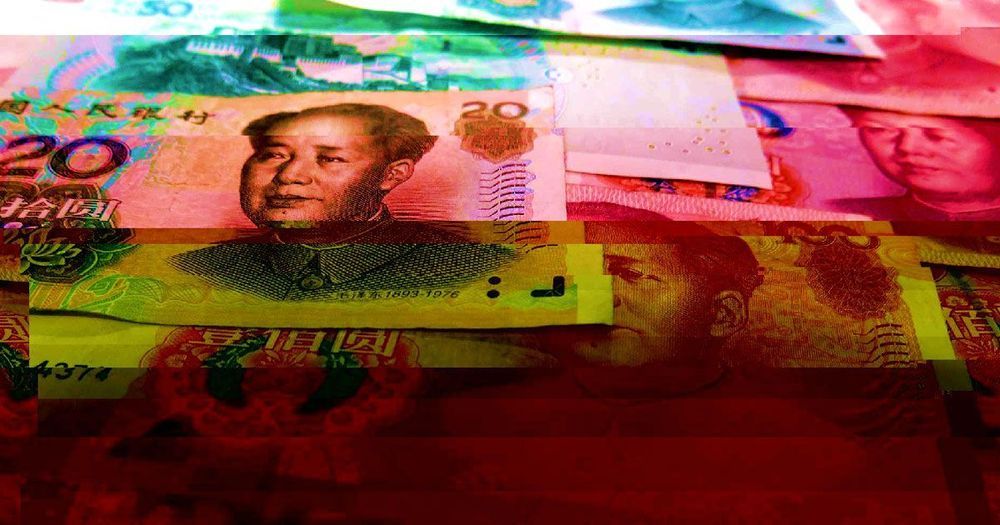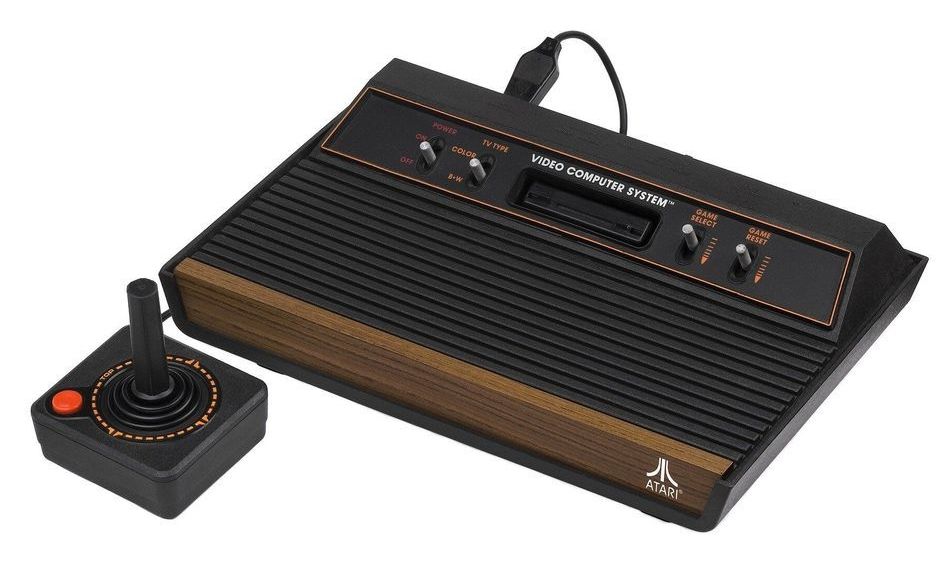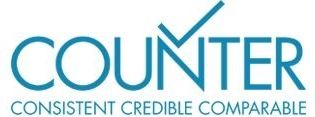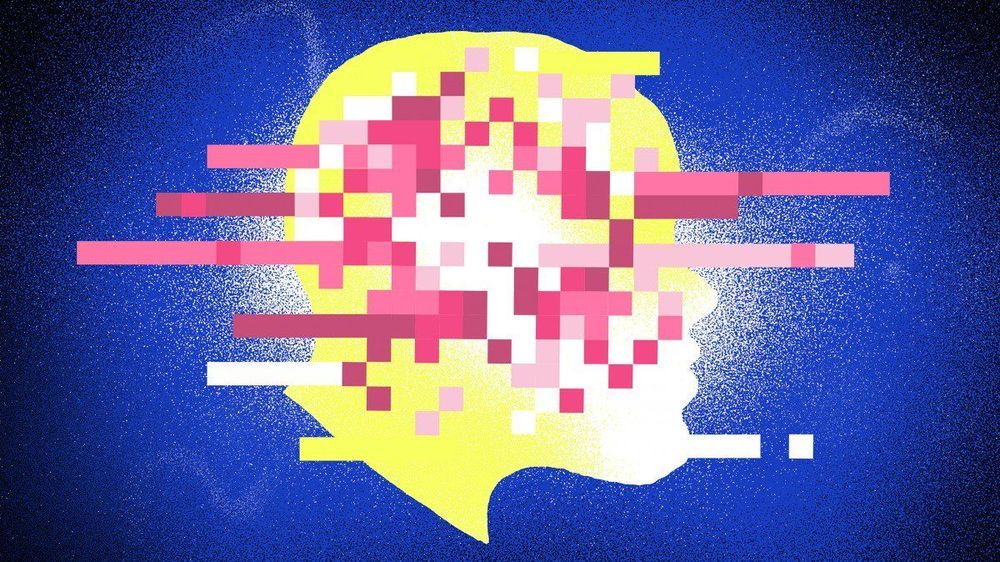Researchers develop an app that can estimate the biological age of a rodent from its mug shot, and could give a boost to the science of human aging in the process.



AI may quickly point out a corrupt official, but it is not very good at explaining the process it has gone through to reach such a conclusion.
“We just use the machine’s result as reference,” Zhang Yi, an official in a province that’s still using the software, told the SCMP. “We need to check and verify its validity. The machine cannot pick up the phone and call the person with a problem. The final decision is always made by humans.”
Algorithmic Justice
Though corruption in China is reportedly widespread, officials are probably right to be suspicious of a black box algorithm that can bring down the hammer of justice without explaining its reasoning.

AI farms are well suited to impoverished regions like Guizhou, where land and labor are cheap and the climate temperate enough to enable the running of large machines without expensive cooling systems. It takes only two days to train workers like Yin in basic AI tagging, or a week for the more complicated task of labeling 3D pictures.
A battle for AI supremacy is being fought one algorithm at a time.

A new breed of algorithms has mastered Atari video games 10 times faster than state-of-the-art AI, with a breakthrough approach to problem solving.
Designing AI that can negotiate planning problems, especially those where rewards are not immediately obvious, is one of the most important research challenges in advancing the field.
A famous 2015 study showed Google DeepMind AI learnt to play Atari video games like Video Pinball to human level, but notoriously failed to learn a path to the first key in 1980s video game Montezuma’s Revenge due to the game’s complexity.

Welcome to the future.
In the first experiment of its kind, scientists have been able to translate brain signals directly into intelligible speech. It may sound like wild science fiction at first, but this feat could actually help some people with speech issues.
And yes, we could also get some futuristic computer interfaces out of this.
Key to the system is an artificial intelligence algorithm that matches what the subject is hearing with patterns of electrical activity, and then turns them into speech that actually makes sense to the listener.

Last year, Microsoft Corp.’s Azure security team detected suspicious activity in the cloud computing usage of a large retailer: One of the company’s administrators, who usually logs on from New York, was trying to gain entry from Romania. And no, the admin wasn’t on vacation. A hacker had broken in.
Microsoft quickly alerted its customer, and the attack was foiled before the intruder got too far.
Chalk one up to a new generation of artificially intelligent software that adapts to hackers’ constantly evolving tactics. Microsoft, Alphabet Inc.’s Google, Amazon.com Inc. and various startups are moving away from solely using older “rules-based” technology designed to respond to specific kinds of intrusion and deploying machine-learning algorithms that crunch massive amounts of data on logins, behavior and previous attacks to ferret out and stop hackers.


#OpenAccess #FullArticle The results of a new clinical trial have shown the safety and efficacy of the interoperable Artificial Pancreas System smartphone app (iAPS), which can interface wirelessly with leading continuous glucose monitors (CGM), insulin pump devices, and decision-making algorithms. The clinical trial and the app, which runs on an unlocked smartphone, are described in an article published in Diabetes Technology & Therapeutics (DTT), a peer-reviewed journal from Mary Ann Liebert, Inc., publishers.
Diabetes Technology & TherapeuticsVol. 21, No. 1Original ArticlesFree AccessSunil Deshpande,…

Almost everything you hear about artificial intelligence today is thanks to deep learning. This category of algorithms works by using statistics to find patterns in data, and it has proved immensely powerful in mimicking human skills such as our ability to see and hear. To a very narrow extent, it can even emulate our ability to reason. These capabilities power Google’s search, Facebook’s news feed, and Netflix’s recommendation engine—and are transforming industries like health care and education.
Our study of 25 years of artificial-intelligence research suggests the era of deep learning is coming to an end.

A movie montage for modern artificial intelligence might show a computer playing millions of games of chess or Go against itself to learn how to win. Now, researchers are exploring how the reinforcement learning technique that helped DeepMind’s AlphaZero conquer chess and Go could tackle an even more complex task—training a robotic knee to help amputees walk smoothly.
Computer algorithms help prosthetics wearers walk within minutes rather than requiring hours of training.